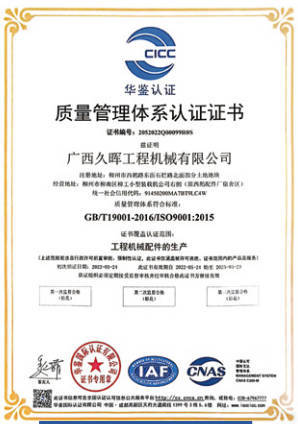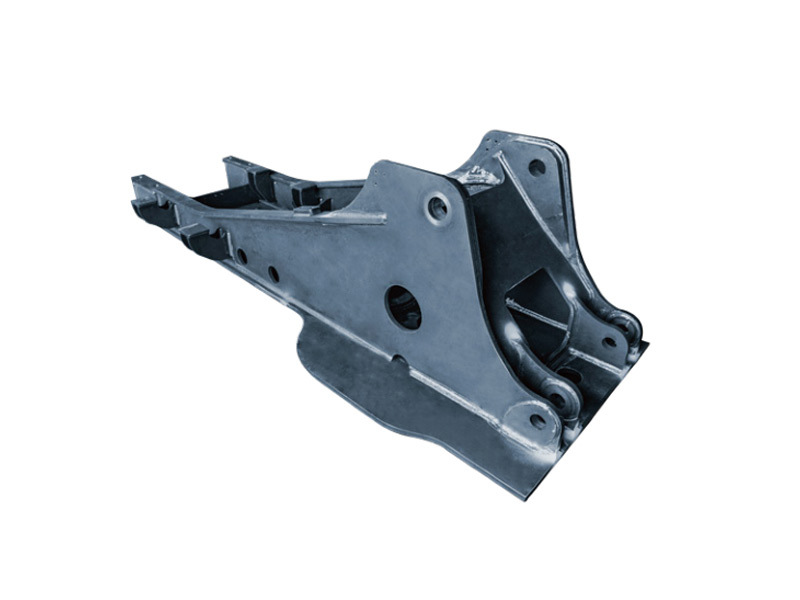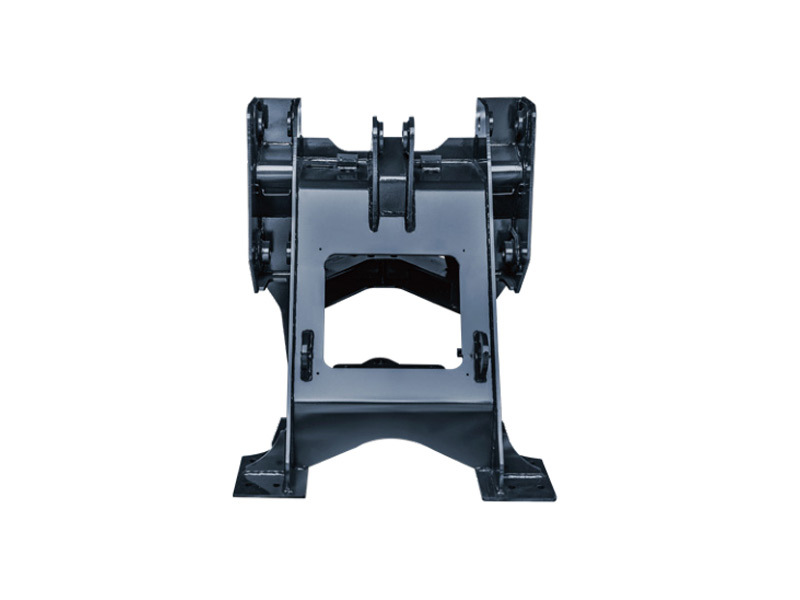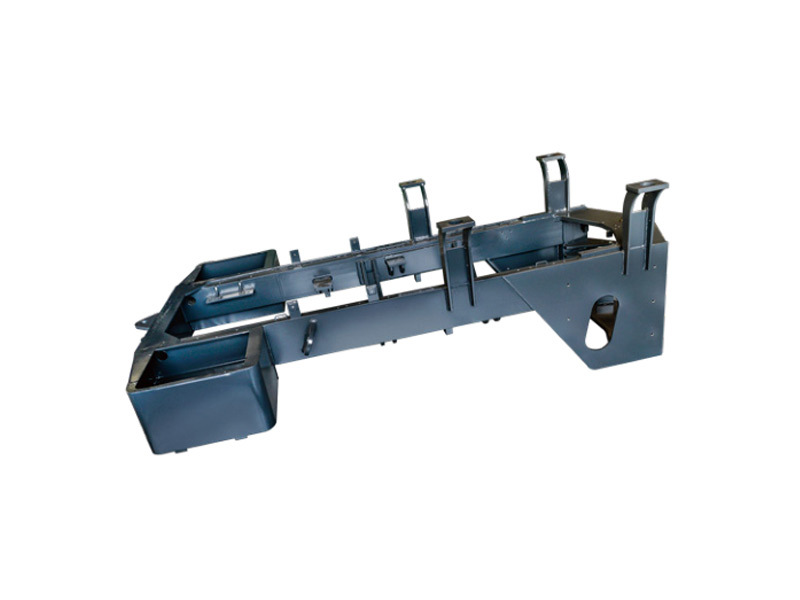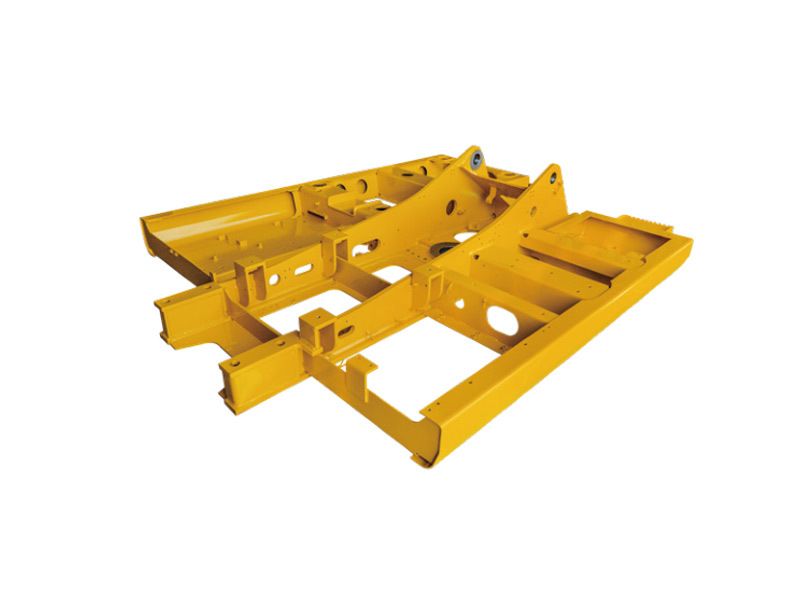

Excavator boom accessories are one of the core components of the excavator's working device. Their structure, function, and design characteristics directly affect the excavator's operating performance and efficiency. The following is a detailed introduction:
I. Structural Composition
The boom is usually welded from an upper cover plate, a lower cover plate, a left cover plate, and a right cover plate. The main frame is a rectangular variable-section closed box beam structure with internal welded baffles to enhance strength and rigidity. The boom is welded from multiple parts, the main parts including cover plates, side plates, bushings, reinforcing plates, welding pads, shafts, etc. The shaft seat for articulation with the stick is welded to the front end of the boom, and the shaft seat for articulation with the slewing platform is welded to the rear end of the box. Reinforcing plates are welded inside and at various locations. The hydraulic cylinder connection seat for the stick is welded to the upper surface, and the piston rod connection seat is welded to the middle curved part of the boom.
II. Function and Role
The boom provides the stick with the ability to swing up and down, allowing it to operate at different heights and angles. The boom's swing is driven by a hydraulic cylinder, which is the key to the excavator's powerful digging force. The boom is articulated to the slewing platform and the stick via pins, and swings around the articulation points under the action of the hydraulic cylinder to complete actions such as digging, lifting, and unloading soil.
III. Design Characteristics
Integral Boom
Structural Form: Divided into straight booms and bent booms. Straight booms have a simple structure, are lightweight, and are easy to manufacture, but they cannot achieve a large digging depth and are not suitable for general-purpose excavators; bent booms are the most widely used structural form currently. Compared with straight booms of the same length, they can achieve a greater digging depth and lower loading height.
Advantages and Disadvantages: Advantages include a simple structure, light weight, and high rigidity; disadvantages include fewer interchangeable working devices, poor versatility, and are mostly used in excavators with similar long-term operating conditions.
Combination Boom
Structural Form: Composed of auxiliary connecting rods or hydraulic cylinders and bolted connections, the angle between the upper and lower booms can be adjusted.
Advantages and Disadvantages: Advantages include the ability to adjust the operating dimensions and digging force of the excavator according to operating conditions, short adjustment time, many interchangeable working devices, good versatility, and convenient loading and transportation; disadvantages include a complex structure, large mass, high manufacturing cost, and are mostly used in small and medium-sized excavators.
Materials and Processes
The boom body is welded from high-strength steel plates, and internal weld beads are used to strengthen local strength and ensure overall bending and torsional strength.
Ultrasonic flaw detection is used at the bends to ensure the absence of micro-cracks and guarantee product quality.
IV. Maintenance Points
Regular Inspection: Inspect the boom's appearance for damage, cracks, or wear; check and tighten all fasteners to prevent loosening or falling off.
Lubrication Maintenance: Ensure that all parts requiring lubrication are properly lubricated; regularly add lubricating oil to lubricated parts, replace lubricating oil and filters, and maintain the quality and cleanliness of the lubricating oil.
Cleaning and Rust Removal: Regularly clean the boom using a high-pressure water gun or cleaning brush to remove dirt, oil, and other contaminants; regularly perform rust removal to prevent corrosion.
Timely Replacement: When wear or damage is detected on the boom, replace the parts promptly to prevent further wear and damage.
Record Maintenance History: Record the date, content, and condition of the parts for each maintenance to better track and plan maintenance work.
Boom


Keyword:
Category:
Quality Management System
Total Participation:
Upholding the philosophy that quality is life and product is character, Jiuri's management team is fully involved in quality management and improvement, incorporating product quality control into key management content; leaders strengthen communication between departments, clarify work requirements, and each link is interlocked, mutually supervising and promoting each other to jointly ensure product quality.
New Product Quality Management:
Project management; New product quality audit; New product planning; Supplier advance management; APQP development process control.
Manufacturing Process Quality Management:
Quality elite system; Lean production; Total productive maintenance; Statistical process control; PDCA quality management system.
OUR STRENGTH
Service tenet: To provide comprehensive solutions and services to customers from all walks of life
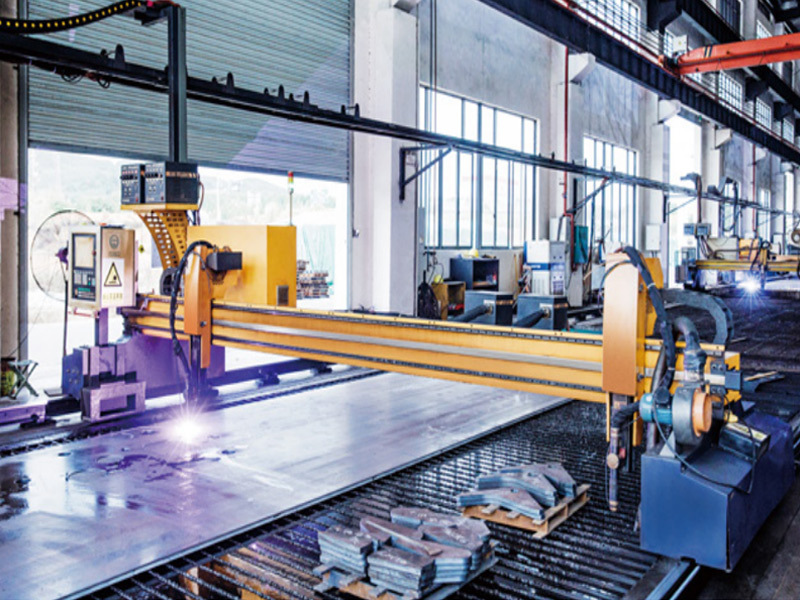
Raw material workshop
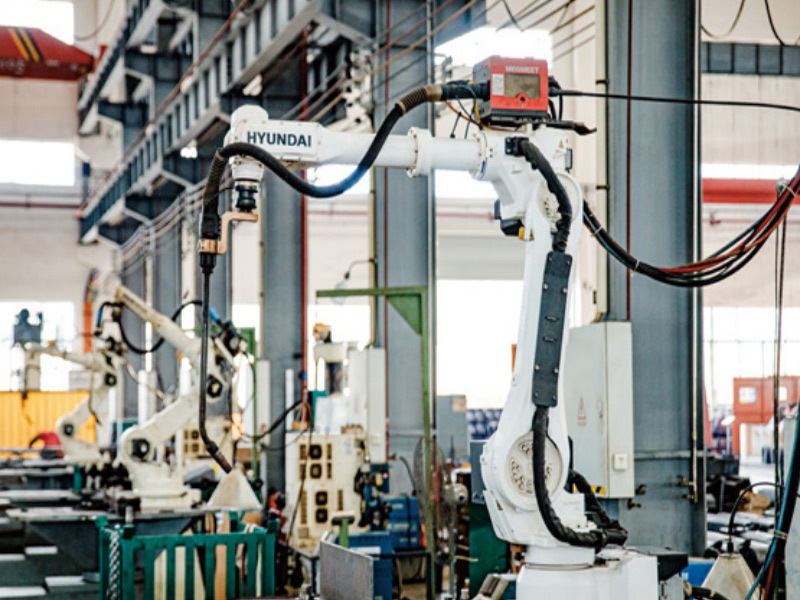
Welding robot
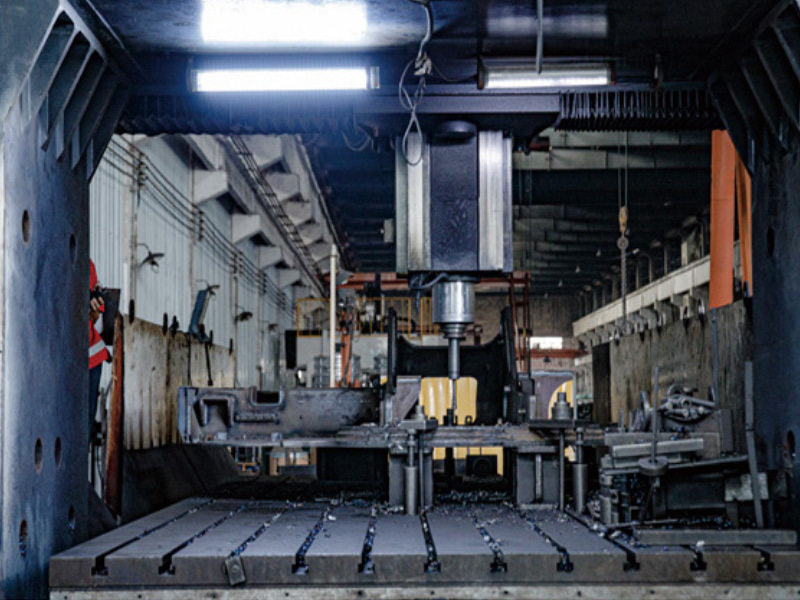
Machining Center
RECOMMENDED PRODUCTS
Products cover core structural components such as excavators, loaders, forklifts, and mining machinery, and are exported to international markets.
PRODUCT CONSULTATION
If you are interested in our products, please leave your email address, and we will contact you as soon as possible, thank you!

Products cover core structural components such as excavators, loaders, forklifts, and mining machinery
Our products cover core structural components such as excavators, loaders, forklifts, and mining machinery
Contact Us
Contact Person:18677228751 Liu An
Email:13977236501@139.com
Address: No. 7, Zhutong Road, Luorong Town, Liuzhou City
QR code
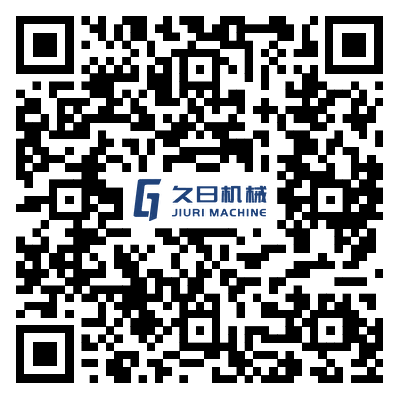
Scan the code to browse the official website

